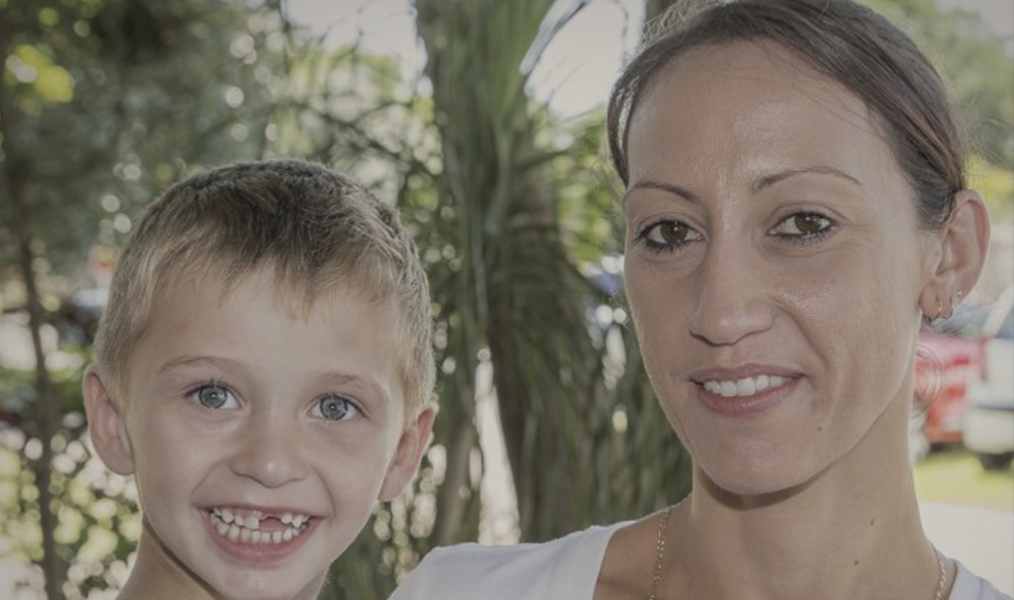One in 50 of us suffer ‘rebound headaches’ because we pop too many painkillers over a long time, says the National Institute for Health and Clinical Excellence.
Medical advice is to take them no more than two days a week. Here are ways to ease the pain without tablets.
1 Take your thumb for a walk over your big toe
In reflexology, your big toe relates to your head – and applying pressure on it is said to help ease headaches and migraines.
Denise Whichello Brown, author of The Reflexology Healing Bible, says: “Thumb-walk from the outer edge of the base of the big toe up the outside, over the top and down the inside. Then thumb-walk up the back of the big toe from the base to the tip.”
2 Tennis balls advantage
Take two and place them side by side in a sock so they’re in a ‘peanut shape’. Now lie on your back and place the balls where your head meets your neck.
Slowly tuck your chin down towards your chest as if nodding and repeat for one minute as the balls massage the neck.
Then move your head from side to side as if saying no. This helps soothe the suboccipital muscles that are a major cause of tension headache pain.
3 Gulp a glass of water
A headache may be a sign that your body needs more water. Some experts say even when you’re mildly to moderately dehydrated the blood vessels in the brain narrow in an attempt to regulate body fluid levels – causing the pain of a headache.
So, if you think you haven’t drunk enough water during the day, glug a glass.
4 Eat something
Going too long without eating can trigger a headache. Alexis Poole, registered nutritionist at Spoon Guru ( spoon.guru ) says: “In your body, your brain requires the most energy to function. If glucose levels drop too low, it’s one of the first areas affected and a headache can be a symptom.”
You should aim to eat healthy, balanced meals at regular times, but if you’re out of routine keep healthy snacks handy. Try wholegrain oatcakes, a banana or natural yogurt with fruit.
5 Have a cup of cayenne
Lily Soutter, nutritionist at Nuffield Health ( nuffieldhealth.com ) says: “Capsaicin is the active ingredient in cayenne pepper – and it’s been shown to bring pain relief to migraine sufferers. It works by desensitizing nerve endings.
“A quick and easy way to consume cayenne pepper? Mix 1 teaspoon with lemon juice in a cup of warm water and drink.”
6 Nod your head
Lots of headaches are caused by tension in the neck muscles (often the result of sleeping awkwardly or hunching at your desk all day)
Gentle neck stretches can ease muscle tightness and help ease the pain. Try the Head Nod.
“Drop your head down, tucking the chin in towards the upper chest,” says Lexie Williamson, author of The Stretching Bible. “Lift your head and look slightly up. Continue to nod your head slowly and smoothly.”
7 Turn off your computer
Too much screen time can lead to ‘computer vision syndrome’ – with symptoms including dry, burning eyes and headaches.
Bhavin Shah, behavioural optometrist at centralvisionopticians.co.uk , says: “Some people also have an underlying difficulty where the eyes have reduced stamina for focusing or working together. Others may simply need glasses – so see your optician.
“Taking a 15-20 minute break every 50 minutes will make a huge difference to headaches and eye strain. And remember the 20-20-20 rule – look at something 20 feet away for 20 seconds every 20 minutes.”
8 Slip on sunglasses
“Bright sunlight and glare from reflected sunlight can trigger migraines and headaches in some people,” says Bhavin. “Look for polarised sunglasses that have special filters which block glare.
9 Focus on other body bits
“Often when you have a headache you can become entirely focused on the discomfort and this can make things worse,” says integrative health expert David James Lees ( wuweiwisdom.com )
“A simple Taoist meditation technique called ‘becoming the observer’ draws your attention away from the headache and can reduce your perception of the pain.
“Sit or lie down. Close your eyes, drop your shoulders and breathe slowly and deeply. Now move your attention away from your headache and focus on your whole body. Notice how the other parts of your body feel, all the way down to your fingertips and toes.
“Then turn your attention towards the environment around you. Notice and enjoy all the sensations you can feel, hear and smell. Continue to relax, breathe deeply and enjoy this quiet time for as long as suits you.”
10 Press your ‘He-Gu’ button
NICE recommends acupuncture for preventing tension headaches and you can try some of the techniques at home using acupressure.
“There are several acupressure points that are helpful for headaches,” says David James Lees.
“One is the ‘He Gu’ or ‘Union Valley’, a powerful point located in the web between your thumb and index finger.
“Apply pressure firmly and deeply on this point, hold for three seconds and release. Repeat three times on both hands. This will help relieve frontal and sinus headaches, and release tension from the neck and head.”
11 Pick rosemary
Medical herbalist Dee Atkinson advises: “Ease a headache by crushing a fresh sprig of rosemary between your fingers and inhaling the aroma. Massage diluted essential oil of rosemary onto temples or place a few drops onto a cotton hankie and tuck into your clothing around your neck area.”
12 Navel gaze
Most of us breathe too shallowly into our chests which can reduce the supply of oxygen to blood vessels in the brain, resulting in headaches.
Try focusing on a spot below your navel, then imagine breathing air into that spot, letting your tummy and lungs fill with air, then letting it all out slowly with a long exhale.








